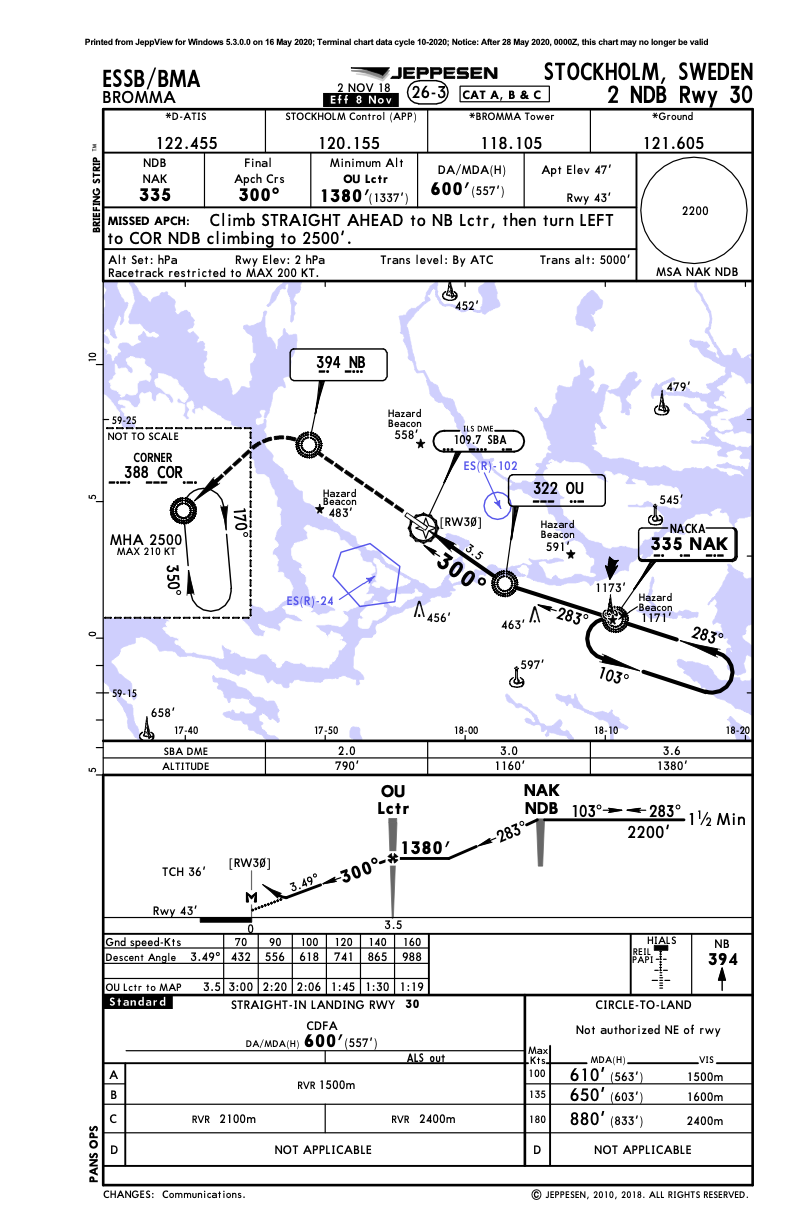The former USSR reportedly had these. You had two ADFs and used them in a particular way concurrently.
I thought this (EBOS) may have been one such but maybe not?

If I remember correctly, both NDBs in a 2NDB approach are supposed to be on the approach track to the runway. Those on the departure end aren’t used.
ELLX used to have an approach with two NDBs on final track, but we were taught by the local school to fly it with one ADF only (or cough cough in VMC on G1000 planes without ADF with GPS fix substitution), we just prepared the right frequency on the toggle and switched from one to the other, and after the switch we prepared the frequency for the missed approach one.
archive.org has an AIP version that still mentions the approach, but hasn’t archived the charts:
https://web.archive.org/web/20201112003056/https://ops.skeyes.be/html/belgocontrol_static/eaip/eAIP_Main/html/index-en-GB.html
However, I found old Jeppesen charts online which still have the approach (see page 8):
http://uvairlines.com/admin/resources/ELLX.pdf
ELLX_pdf
For example, RWY24 theoretically coming from DIK (in practice, APP would always vector you to final…), one would fly DIK radial 123 until DME DIK 13, put ELU 368.5 on active frequency and LE 318 prepared on the flip flop, intercept ELU on track 240, when passing ELU switch to LE and prepare WLU 346 for the missed approach.
It was convenient to use DIK VOR and not DIK NDB, saved some frequency dialling, else you would have had to fly DIK radial 123 until DME DIK 13 with DIK 307 on active and ELU 368.5 prepared, flip-flop and intercept ELU on track 240 while you set 318 on the flip0flop (luckily, or maybe by design, just move one tick, pull knob, move one tick again), when passing ELU switch to LE and prepare WLU for the missed approach. When going missed, flip flop and prepare DIK 307 (again, tick/pull/tick).
I would have flown the EBOS one with one ADF, doing the approach on DD 352.5 active frequency, OO 375 on the flip-flop, when going missed flip-flop and “when convenient” (on 360 HDG before intercepting COA radial 260 (set 80 on the CDI or HSI), or while flying radial 260 to 5 DME COA) dial and set ONO 399.5.
In our flightschool we used to call the ndb26 a dual ndb approach but inly one of our 2 planes in Belgium had 2 adf.
There was once a mistake on the chart updates (don’t know if it was jepp, lido, or the aip) that said dual adf’s required even for the ILS. That was a huge problem for TUI who operates there because even the 737 doesn’t have dual adf (it is possible as an option but not many have that installed)
And if you want a lesson on coastal refraction, you should ask do to the ndb 08 in vmc
Peter wrote:
The former USSR reportedly had these. You had two ADFs and used them in a particular way concurrently.I thought this (EBOS) may have been one such but maybe not?
Stockholm/Bromma (ESSB) used to have this one:

I flew that one a lot when training for the IR. We had a single ADF receiver and would switch from NAK to OU after passing NAK. (I don’t know if that’s how it was supposed to be done, but that’s how we did it.) The turn over OU was “interesting”.
When an airline I was working for in 2000 specified some new aircraft from Boeing, we made it a point that dual ADF receivers had to be installed: Boeing engineers chuckled at the time kind of complaining we were the only airline (out of the admittedly only four which were ordering that model at the time) to specify dual ADFs…
When, back in 2017, I had to specify avionics configuration for some mods for our Cessna 210 at a US avionics shop, they questioned the wiseness of keeping that “boat anchor” antenna bolted to the otherwise uniquely clean underside of the aircraft (fully enclosed gear as opposed to the more common doorless landing gear enclosure on 210’s…)

I keep it for the case of a GPS outage or maybe for coverage in an insurance related situation, but nonetheless the GPS overlay is so much more precise, I rarely look at the ADF pointer (only to laugh at the funny things it does every now and then and to listen in to some radio station…I however still find marker beacon indicator useful.)
What is the take today? Is it still bad practice to fly overlay GPS (vs ADF ) on an NDB approach or is it now regulated more practically in NCO or SERA so we can even remove the single ADF? Is it still mandatory to carry dual ADF for a Bromma-style approach?
BTW, broma in Spanish means joke, now I know why…
A nice souvenir from a training in ILS/ADF app at Avignon, that has been replaced by GPS now.
You can see the DA42 is on GPS overlay of the outbound leg in the MFD. On the PFD, you can hardly see the ADF needle pointing Radial 19, also airplane is level…
From what I remember LFLU NDB approach is still in service, You overfly 3 times the beacon and finish with a reverse course on the ADF, very fun :D. Does it count?
Again, in Europe there are no more airports/airports that have only NDB approaches (only exception: Losinj, and that one is useless as well as the minima are high and you can approach VFR from the sea anyway, apart from the fact that nobody flies there if the weather is bad). All aiports have either ILS or RNP. And every touring IFR aircraft has a proper IFR GPS. Hence, no more “overlays”, essentially. So, ADF is useless.
This thread is about dual NDB approaches.
Those were always rare.